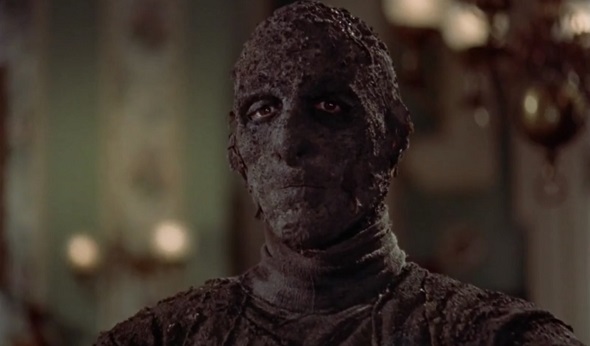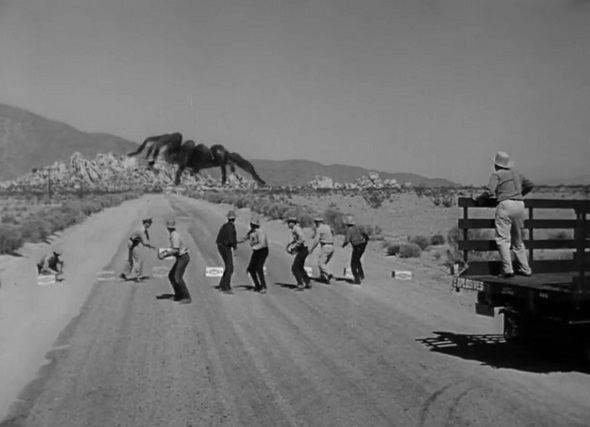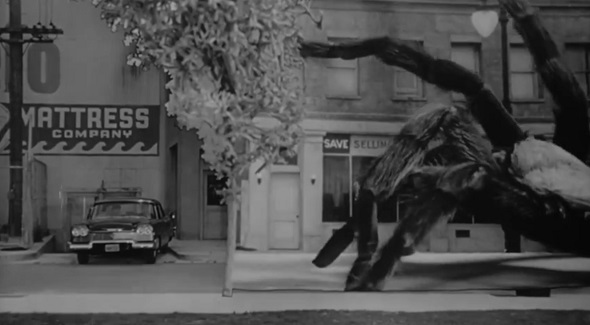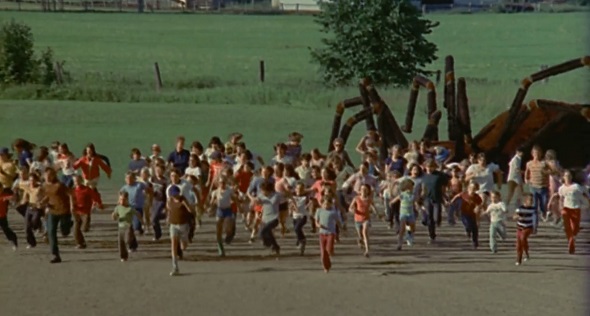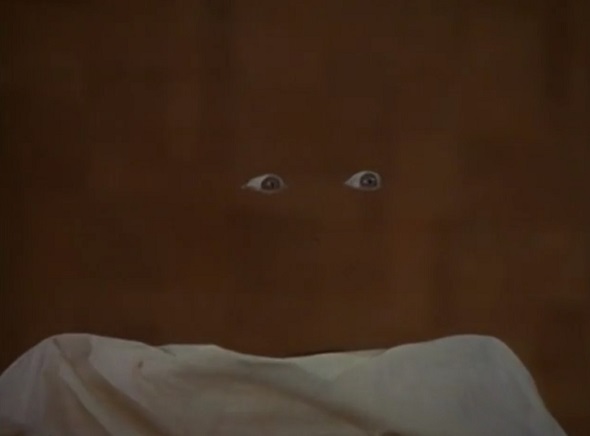I just wanted to play Virtual On. That’s all.
The mecha-based arena fighter was one of the first games I picked up for my Sega Saturn in the day, and it been decades since I’d last booted it up. The wrinkle was that I didn’t want to play the Saturn version.
Don’t get me wrong: the Saturn is tied only with the Master System when it comes to personal nostalgic resonance — something I’ll discuss in more depth down the line — but its port of Virtual On was a competent but compromised shadow of the arcade original. Plus, while it would have been possible to map the special twin-stick controls via the Saturn emulator I use, there was too high a risk of accidentally breaking the joypad mappings for every other Saturn game in my library in the process.
Ideally, I wanted to experience the original version either by later console port or direct emulation of the arcade hardware. The Japan-only Sega Ages version for the PS2 seemed like a promising lead, but again there were display and configuration issues. MAME was also a bust, but a little digging turned up the Model 2 emulator, named after the arcade board Virtual On used.
The emulator peaked and went inactive during the decade or so I’d lost touch with the retrogaming scene, so it was both new-to-me and a long dormant deal. Finding a working download link was an exercise in linkrot and dodgy pop-ups, but I eventually stumbled on a preconfigured bundle with the final version of the program along with the full suite of supported games.
I was only interested in Virtual On, but the entire package was only 650 MB, so what the heck. I could always bin the rest of it once it was up and running. I unpacked it, did some initial configuration work, mapped the twin stick controls to my USB joypad, and booted up the object of my quest…
…only to find out that the final version of the emulator had a bug which broke twin-stick controller support. There were workarounds and front-ends which could supposedly resolve the issue, but there’s only so much shit I’m comfortable with piling onto my hard drive. At a certain point, it becomes easier to either crack my original Saturn console out of storage or settle for the equally inferior PC port from back in the day.
Since I’d gone through the effort of securing and setting up the emulator, I figured I might as well check out the rest of the Model 2 suite of games bundled with it — and I’m glad I did, even though none of them really lit a fire under me at first.
The Model 2 marked the Polygon Era of Videogames truly coming into its own, mainly by virtue of its ability to apply texture maps to what had previously been featureless surfaces. This upped the visual stakes in other ways, because clever use of gradients could be used to mask what were — by today’s standards — fairly low polygon counts.
What experiences I’d had with these games came from Saturn ports full of the “jaggies,” “tearing,” and other familiar glitches of downgraded visuals. I wasn’t expecting how crisp and solid these games looked almost three decades on, even before any upscaling magic was applied.
I fell in love, not just with old favorites but by games I would’ve never imagined becoming captivated with before that moment. I’ll eventually get around to discussing several of them in time….
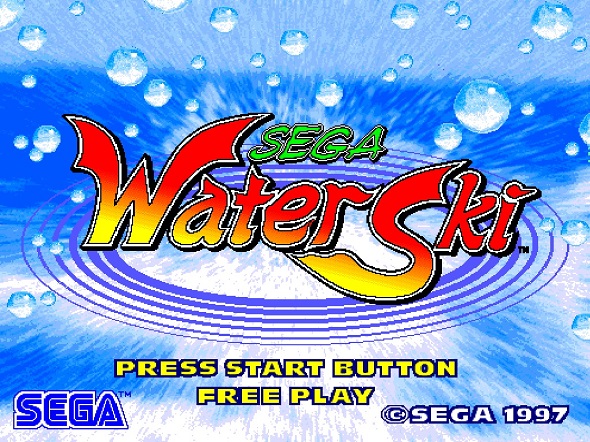
…but none sums up my whirlwind Model 2 romance like Sega Water Ski does.
The 1997 release falls under the “amusement cabinet” rubric, which is to say that it was as much carnival ride as it was videogame. Players stood on a pair of simulated water skis and controlled the game via body movements. That, along with the relative simplicity and brevity of the game itself, kept it from getting a home port…though the controls can be adequately mapped to a joypad.
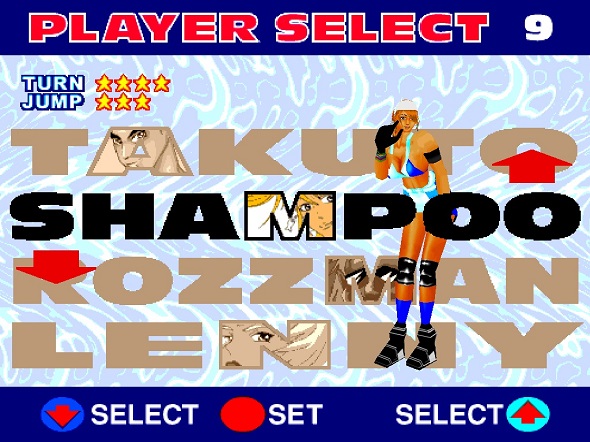
While playing Sega Water Ski on a 15-inch laptop screen with a Dualshock modeled controller might seem like defeating the entire purpose of the game, it still became a critical part of my pandemic coping routine.
Why?

Because it is pure eye candy in motion, something that screen shots can’t really convey. The courses are dynamic, full of cavorting dolphins, buzzing biplanes, cheeky monkeys, and other environmental spectacles. They have no impact on the actual gameplay, but they’re as much a part of the immersive fantasy package as the novel haptic controls were.
The gameplay itself is incredibly simple — a waterborne slalom run through buoy gates with some scattered ramps for pulling off trick jumps. It’s incredibly forgiving as far as 1990s Sega arcade offerings, with little chance of wiping out or running short of time before crossing the finish line, even on the most difficult course. The challenge comes from scoring, which only comes from pulling off ramp tricks or sideways flips, something which I’ve yet to fully master according to the metrics the game presents as “doing well.”
This was where the limitations of joypad-for-amusement-cab mapping were most evident. There are clearly some nuances of body English which I’m missing, and it’s not as if there’s a FAQ specifically written for my customized control scheme. I’d love to know what the missing piece of that puzzle might be, but it’s not a dealbreaker by any stretch.
Which brings me to the final and most important component of my unbridled passion for Sega Water Ski: Similar to OutRun (another Sega fave of mine and subject of a future post), it serves up a right-sized dose of stress-free escapism against exotic backdrops. It was the perfect antidote for getting past the burnout caused by a half-decade of live service gaming.
This wasn’t an unpaid second job fueled by FOMO. It was a mental palette cleanser, a short break in a virtual tropical paradise requiring only the most basic motor skills to navigate.
It’s just plain fun, and crossed my path at the moment I needed exactly that.
And I’m a sucker for any Japanese videogame which employs “island” music jams in its soundtrack.
(By the way, I did finally get to play Virtual On as desired but, again, that’s something for another post.)





